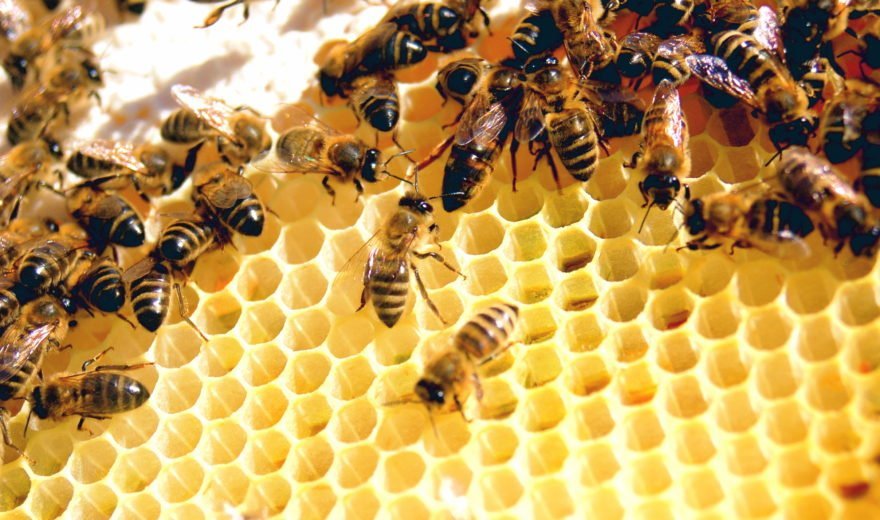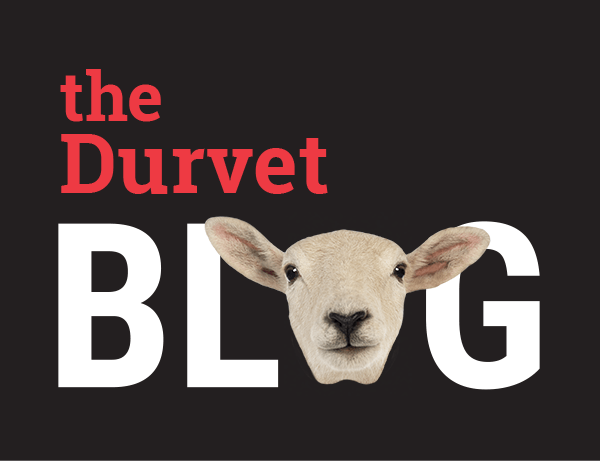
I would like to start this blog post off with a little disclaimer:
I'm in no way, shape or form any type of expert on bees, their nutrition, honey production or disease! I'm just a guy who, when our company asked “Would anyone be interested in going to a seminar about beekeeping to learn more for our new product line?” I said “Sure.” Little did I know that it would make me bee-come so enamored with the subject that I too am now becoming an armature apiarist.
The purpose of this blog post is to talk about things to consider if you too are interested in starting your own hive. But before we dive into that I would like to take this time to tell you why I became so fascinated with bees:
- A bee travels an average of 1,600 round trips... distance of up to 6 miles a trip...in order to produce 1 ounce of honey. To produce 2 pounds of honey, bees travel a distance equal to 4 times around the earth.
- Any larva that hatches from a fertilized egg has the potential to become a queen.
- Queens can lay up to 2,000 eggs a day.
- When the hive decides it needs a new queen either due to age, injury, or loss of a queen, worker bees will start to either make new special “queen cells” or increase the size of existing cells to accommodate them to fit larva that will be fed “Royal Jelly”.
- Once a new queen is hatched, it moves throughout the hive killing all the queens that have hatched; queen larva, that is. If the old queen is still around, she will try to kill her too if she sees her as a threat. There can be only one!
 I think the first step for anyone interested in bees and beekeeping is to go online and conduct some research about the subject matter to see if it's something that can fit into your schedule and your budget.
I think the first step for anyone interested in bees and beekeeping is to go online and conduct some research about the subject matter to see if it's something that can fit into your schedule and your budget.
Visit the American Beekeeping Federation website to see about your own local chapter. The Federation will be a wealth of knowledge on who offers classes and workshops to starting members to help them get their hive up and “buzzing.”
So if you're ready to start your hive, you're probably wondering when the best time is to start? The best time to plan to receive your bees is the Spring.
But before one can even worry about ordering bees, there are many steps to consider:
- Where will I put my bees?
The first thing to do when selecting the site is to make sure it's legal to keep bees in your area. If you're keeping them inside city limits, your city administrators should be able to provide you with information regarding zoning. Also check with your state and local agencies to see if registration is required for your hive. Here are some helpful tips to help you find your ideal hive location:
- Proximal to fresh water
- Easy, year-round access
- Close to a dependable nectar source
- At least 3 miles from another bee yard
- The book “The Beekeeper’s Handbook” has a great section on this information.
- What type of hive will I use to keep my bees?
There are three main types of hives currently used in the U.S.
- Langstroth Hive
- Warre hive
- Top bar hive
Beethinking.com is a great site with useful information to help you decide what type of hive is best for you.
http://www.beethinking.com/pages/the-best-bee-hive
- Gathering the tools that will be needed for my hive.
Many agriculture supply stores, both locally and online, have first-time kits that will include everything you will need to get your hive started. Below is a breakdown of your basic equipment needed.
- Hive stand
- Bottom board
- Entrance reducer
- Hive body
- Frames and foundations
- Supers
- Outer cover
- Hive tool
- Smoker
- Bee brush
- Feeders
- Bee suit
- Gloves
- What race of bees are right for my area and where can I source them?
There are many different races of honey bees in the U.S. It's a good idea to reach out to your local beekeeper’s association to determine what bees are best for your area and who are reputable suppliers of bees so you can select a race that is best for your constraints.
Once you have all these questions answered, you should be ready to start your new hive this Spring! I know I'm excited about starting this process and hope to soon be sharing more stories about my journey!
Sources:
Midwestern Beekeeper’s Association
American Beekeepers Federation
Beethinking.com
Books:
Beekeeper’s Handbook:
Sammataro, D., & Avitabile, A. (1998). The beekeeper's handbook (4th ed.). Ithaca, NY: Comstock Pub. Associates.
First Lessons in Beekeeping
Delaplane, K. S. (2007). First lessons in beekeeping. Hamilton, IL: Dadant & Sons.

 BACK TO MAIN BLOG
BACK TO MAIN BLOG 
Comment